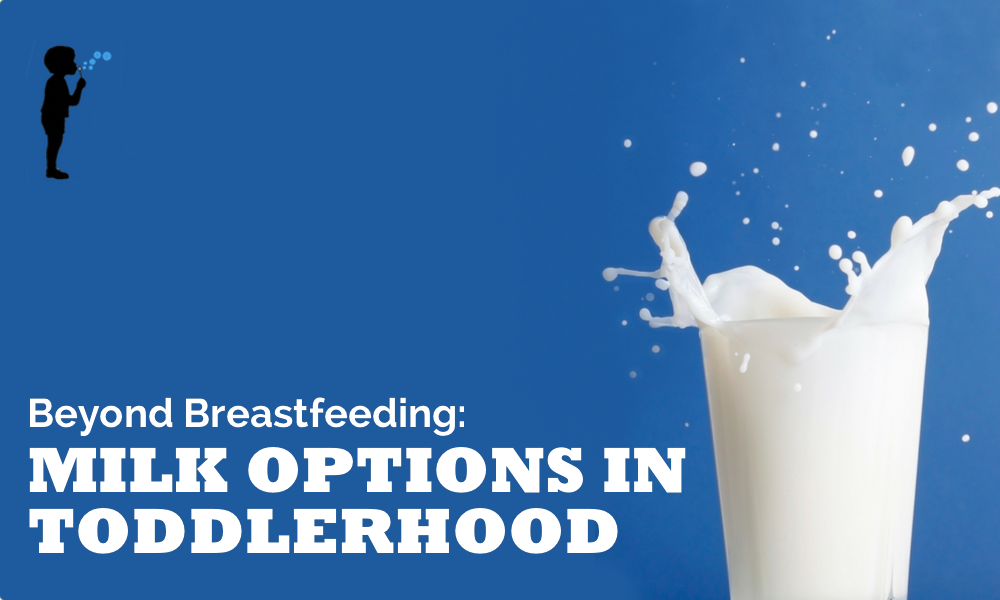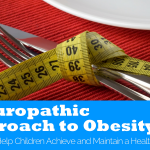
Beyond Breastfeeding: Milk options in Toddlerhood
If I had a list of FAQ’s (I should!), this would be at the top of the list:
What kind, and how much milk should my toddler drink?
And, the answer I always give is that any milk (other than breast milk) after the age of 12 months should be considered a beverage, and not a primary source of nutrition. It’s understandably confusing, given the importance of milk in the Canadian and US Food Guides. But, is milk, as a food group really necessary for health?
Many would say “no”, including the Harvard School of Public Health, which deemed dairy an optional food group. Dairy products provide calcium, protein, and fat (in the case of non-skim milk products). But, the nutrients they provide aren’t exclusive to dairy products. And, many would argue (myself included) that there are healthier options.
So, if we go on the premise that milk after the age of 12 months is a beverage, what are the choices?
- Rice Milk – most hypoallergenic, unlikely to cause a reaction in even sensitive individuals. Not a significant source of protein or fat.
- Almond Milk – good choice, but may not be allowed in nut-free environments. Also not a great source of protein and fat.
- Soy Milk – higher in protein and fat than rice/almond, but higher allergenicity, greater potential for reaction.
- Coconut Milk – good source of saturated fat, but some aren’t fortified with calcium.
- Oat Milk, Hemp and Flax- all have similar profiles, may be harder to find.
What’s wrong with milk, anyway?
For those who are dairy tolerant, a bit of cheese or yogurt is probably fine. Yogurt, as most know, is a good source of Lactobacillus acidophilus and Bifidobacteria, two beneficial strains of bacteria. But, as with many things, you can have too much of a good thing!
- Dairy/Casein tops the list of both allergies (IgE mediated) and sensitivities.
- Most adults have some degree of lactose intolerance as our ability to produce the enzyme lactase significantly declines after infancy.
- Overconsumption of milk can displace micronutrients (ie. Iron) and macronutrients (i.e.. Carbs/Fat/Protein).
- Milk consumed with a meal may reduce the amount of food consumed.
How much of ANY milk should my child be drinking?
Regardless of the type of milk you child drinks, you should limit the amount consumed in a day. Water is the beverage of choice for any age, so do consider limiting the amount of milk consumed to 16 oz (or 2 cups) to avoid “filling up” on milk.
If you have questions or concerns about your child’s diet, or are wondering about how to implement a dairy-free diet, talk to an ND! We can help you navigate the world of dairy-free living!
Dr. Jenn maintains a family-centered Naturopathic practice in Dartmouth, NS. She enjoys working with people of all ages, and has a special interest in women and children’s health, including pre-conception, fertility and pregnancy.


Pingback: Beyond Breastfeeding: Milk options in Toddlerhood | Joga Studio Samadi
December 13, 2015 at 9:54 pmPingback: Beyond Breastfeeding: Milk options in Toddlerhood | Everyday Diet
October 21, 2015 at 10:09 am